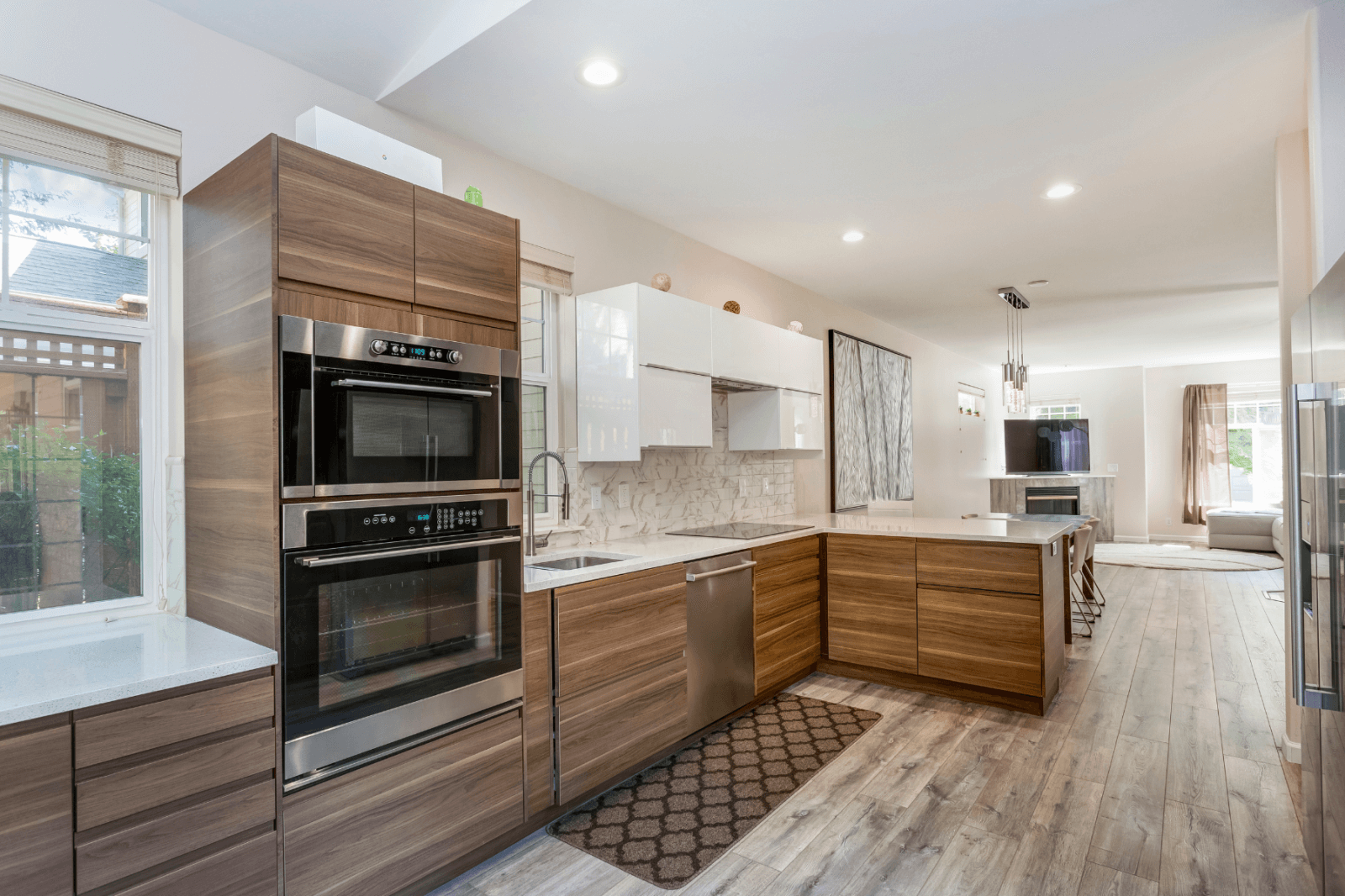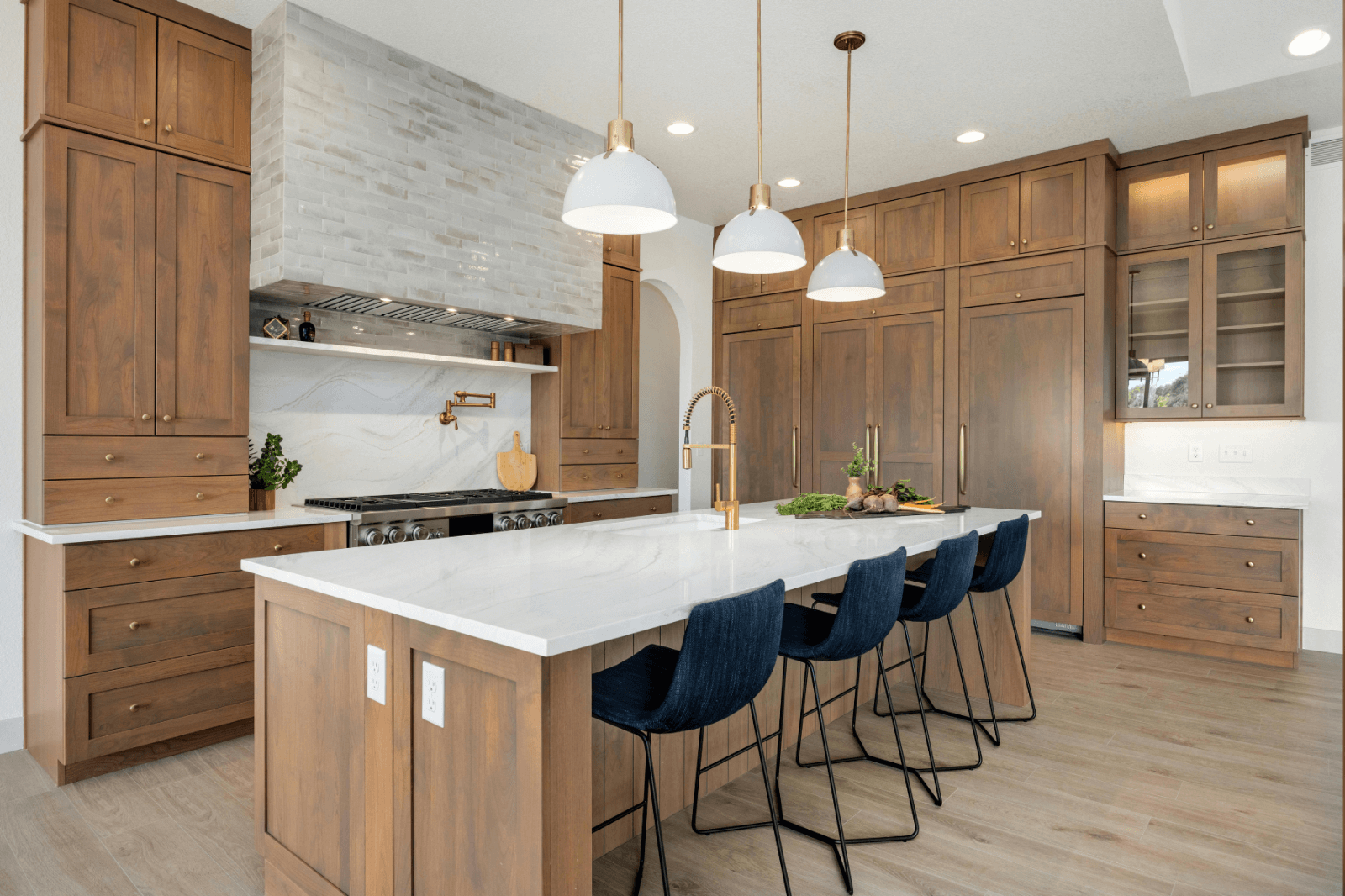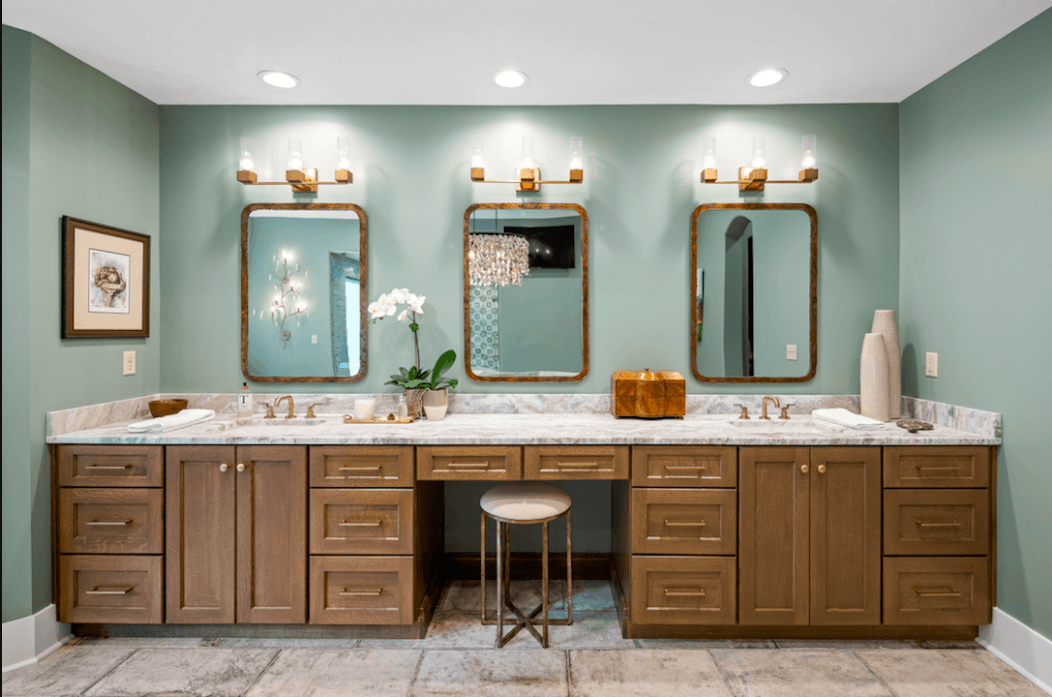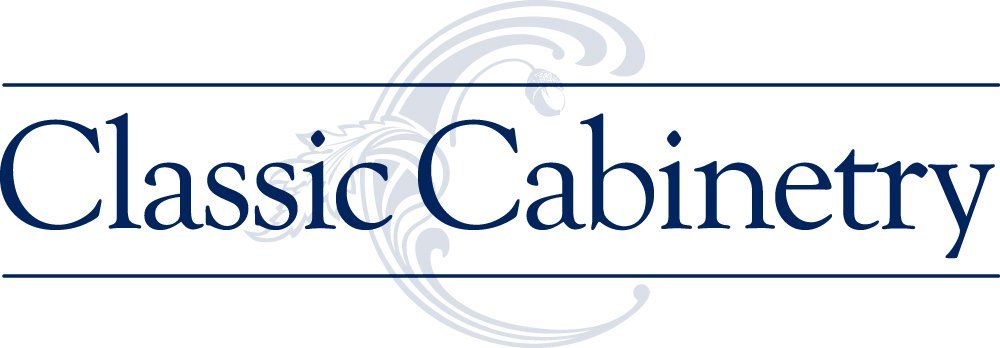The primary bath has been transformed from a functional room to brush teeth, bathe and prepare for the day to an in-home refuge where homeowners (in name of service territory) can spend a few minutes all to themselves devoid of texts, tweets and even little feet to recharge and rejuvenate their body, mind and spirit by washing away the stresses of the day.
The hottest bathroom trends for homeowners in Chattanooga marry design principles that create a serene, calming space with health promoting and stress reducing systems and fixtures that include steam and message, water, color, sound and aroma therapies. Homeowners (in name of service territory) are gravitating toward ceramic tiles in rich bold colors that make a dramatic and personal statement in the bath. Recent surveys found that blue, green and black tile demand increased significantly along with a movement away from traditional subway tiles to smaller, square shaped, nonuniform and textured tiles. Textured tiles create a layered effect that is extremely receptive to light.
Using diffused lighting to create a warmth and ambience in the bath is another hot trend. Homeowners in Chattanooga are advised not to simply place a flush-mounted fixture in the center of the bathroom or a light bar over the mirror. A single light over the mirror can shadow the user’s face and provide insufficient amounts of light on his or her neck and lower chin. That’s not a good lighting plan, especially for women who may need the light to prepare for the day and for men, many of whom run a razor-sharp object along their throat in the morning before having a cup of coffee. Instead, we often recommend diffused lighting because it prevents shadows or glare while grooming in front of a mirror or at the vanity. Fixtures with milky, opaque glass shades or clear glass shades with a prismatic surface spread light evenly while preserving light quality.
Natural wood vanities are also a hot trend. Homeowners in Chattanooga are often wowed by natural wood vanities that serve as a foil to the hard surfaces of tubs, tile and countertop materials. Another reason for natural wood vanities is that they are more durable in a wet environment than painted surfaces.
Wall-mounted faucets for the bath are another trend, dramatically increasing in popularity for many good reasons. Wall-mounted faucets create extra countertop space and a cleaner, sleeker look to the bath. Ease of cleaning is another reason homeowners in Chattanooga are opting for wall-mounted faucets. Wall-mounted faucets are not surrounded by water that is left behind on the countertop, helping to eliminate the possibility of creating a breeding ground for germs in the bath. Because these taps are positioned above the sink, they don’t need to be wiped clean nearly as often as a deck-mounted faucet.
Curved and arched showers, tubs and entranceways also have become increasingly popular among homeowners in Chattanooga and reflect one of the hottest trends in design today. Curved fixtures and entryways produce a more relaxed and softer feel to a space, serving to remove harsh lines and sharp corners. The softer vibe of curved surfaces brings a natural feel to the bath.
How can you capitalize on the latest design trends to create an in-home refuge that promotes health, wellbeing and rejuvenation for all members of your family? Give us a call at 423-266-0077 or make an appointment to visit our showroom either in person at 2601 Broad St or virtually.
